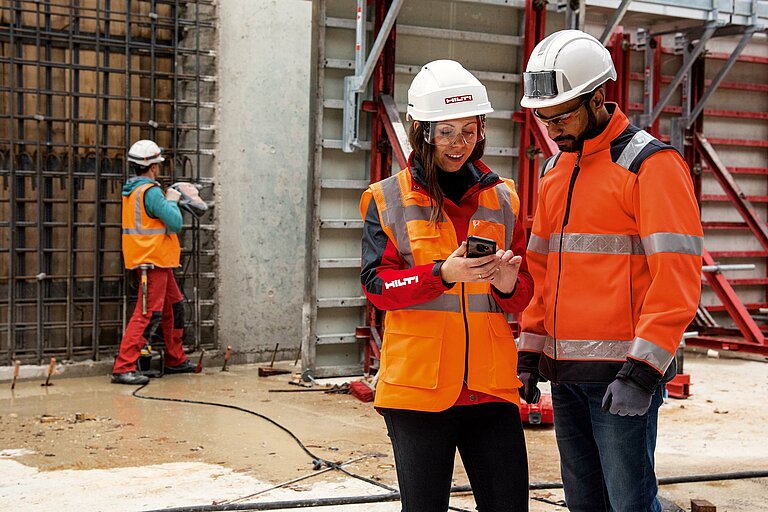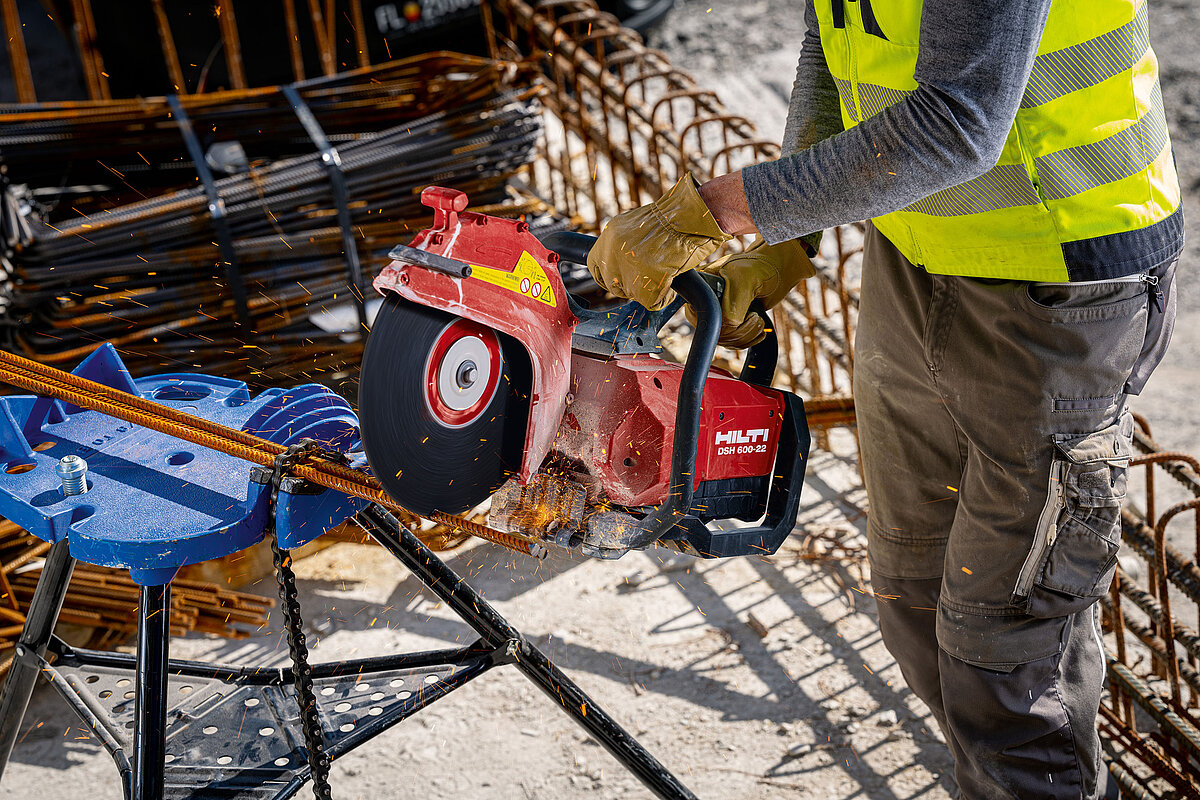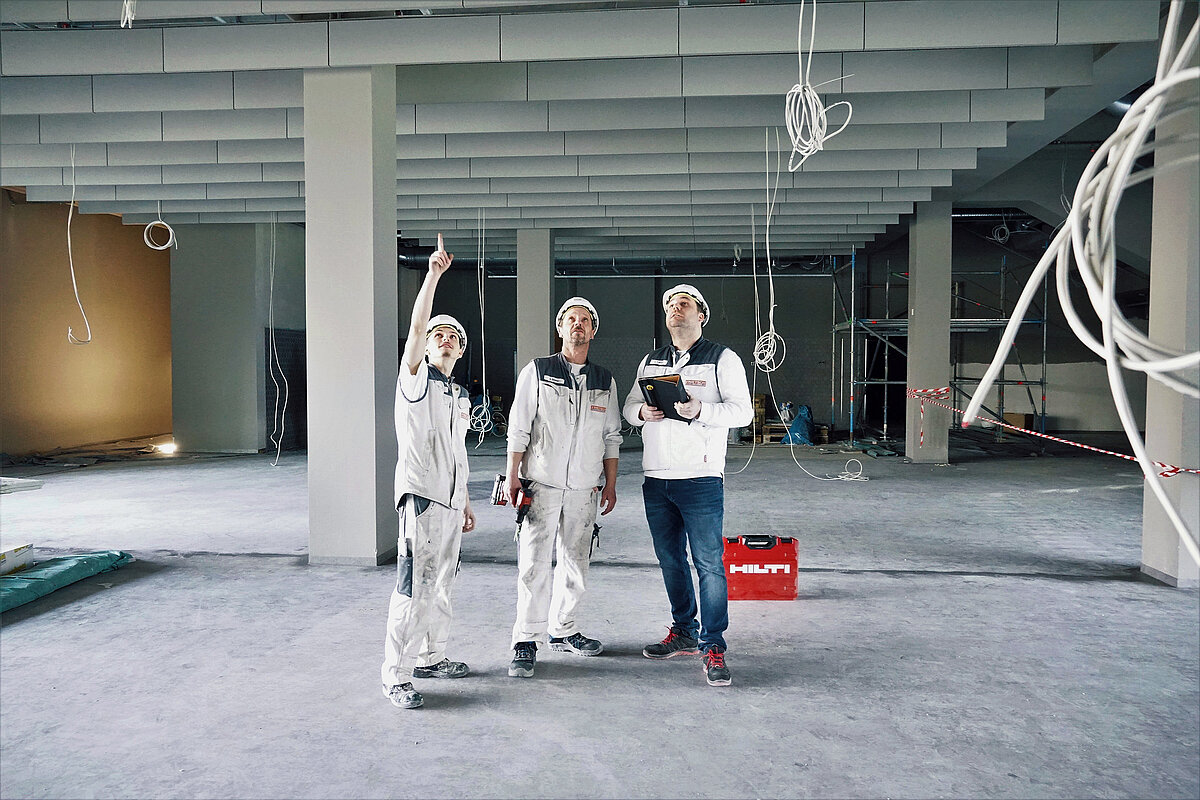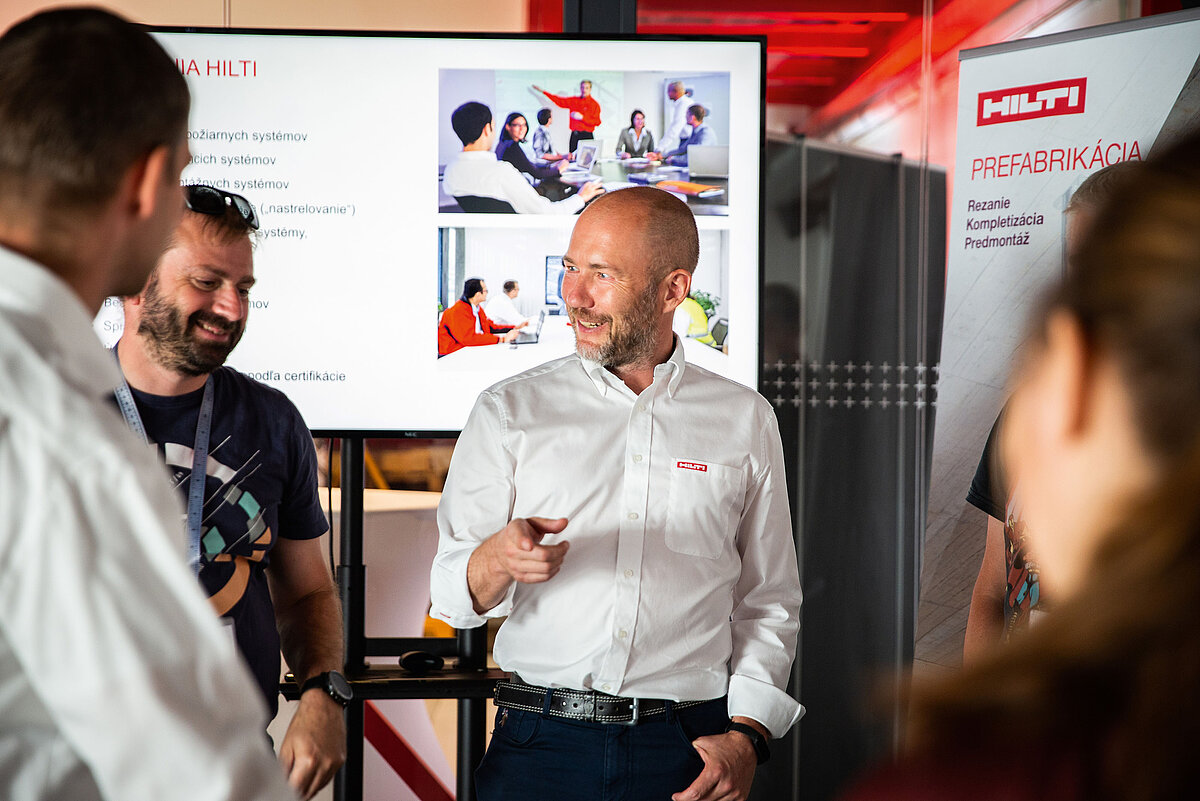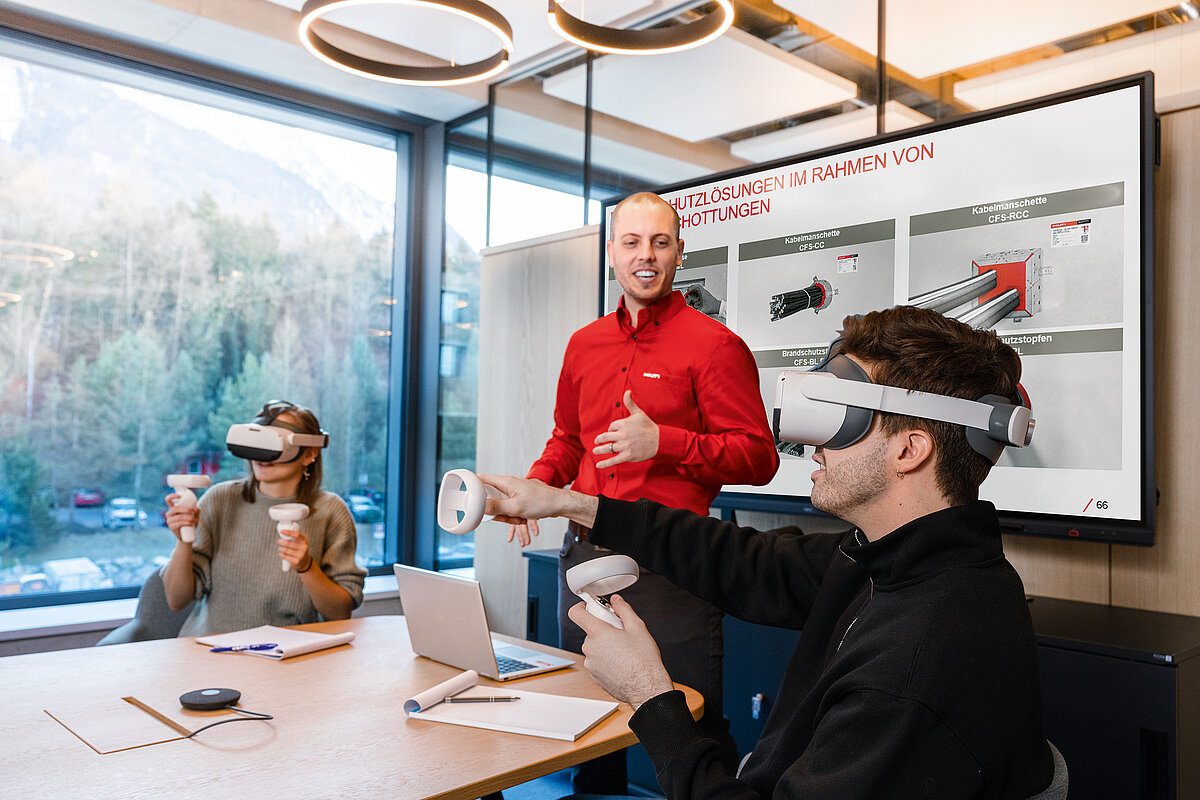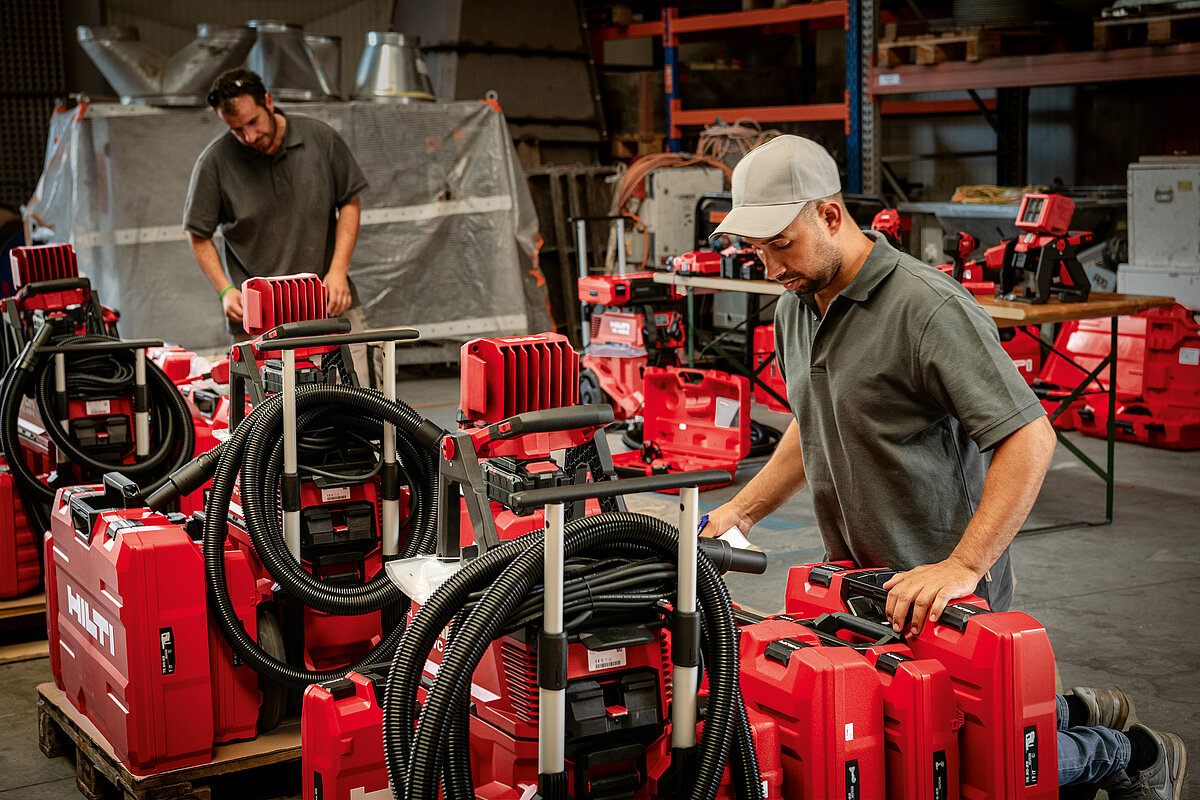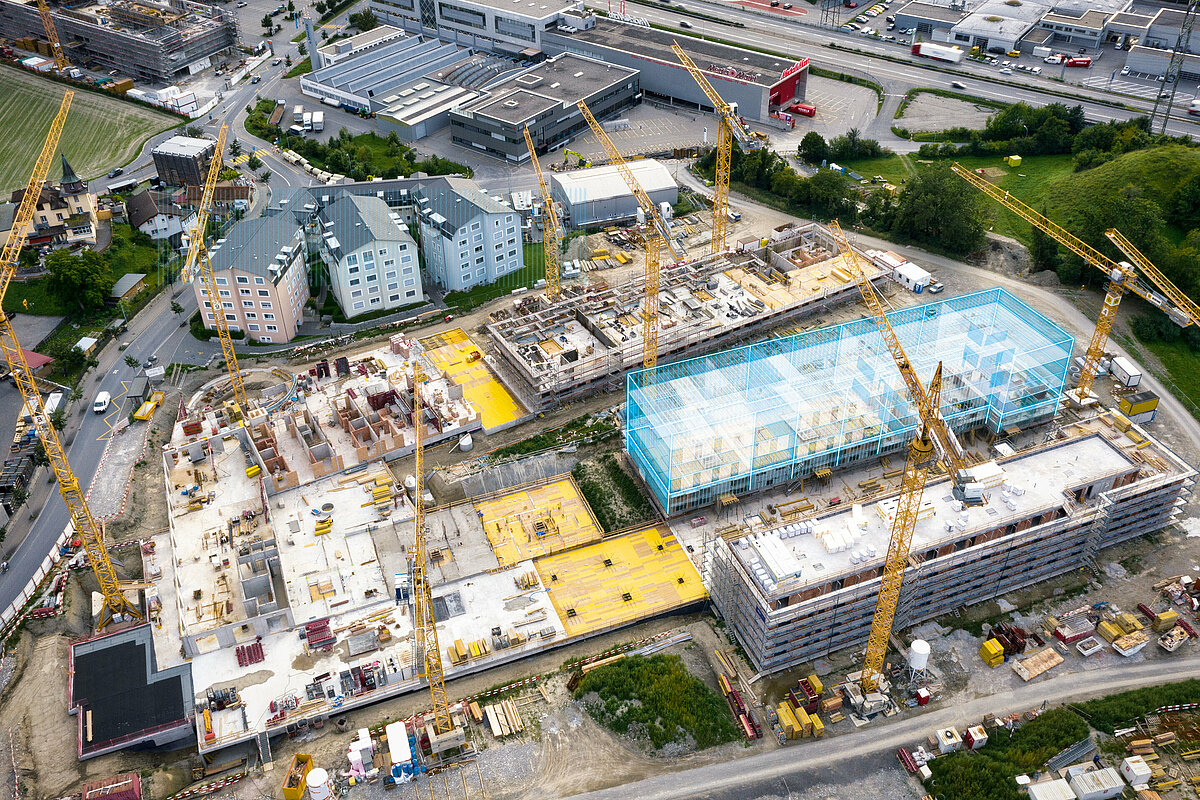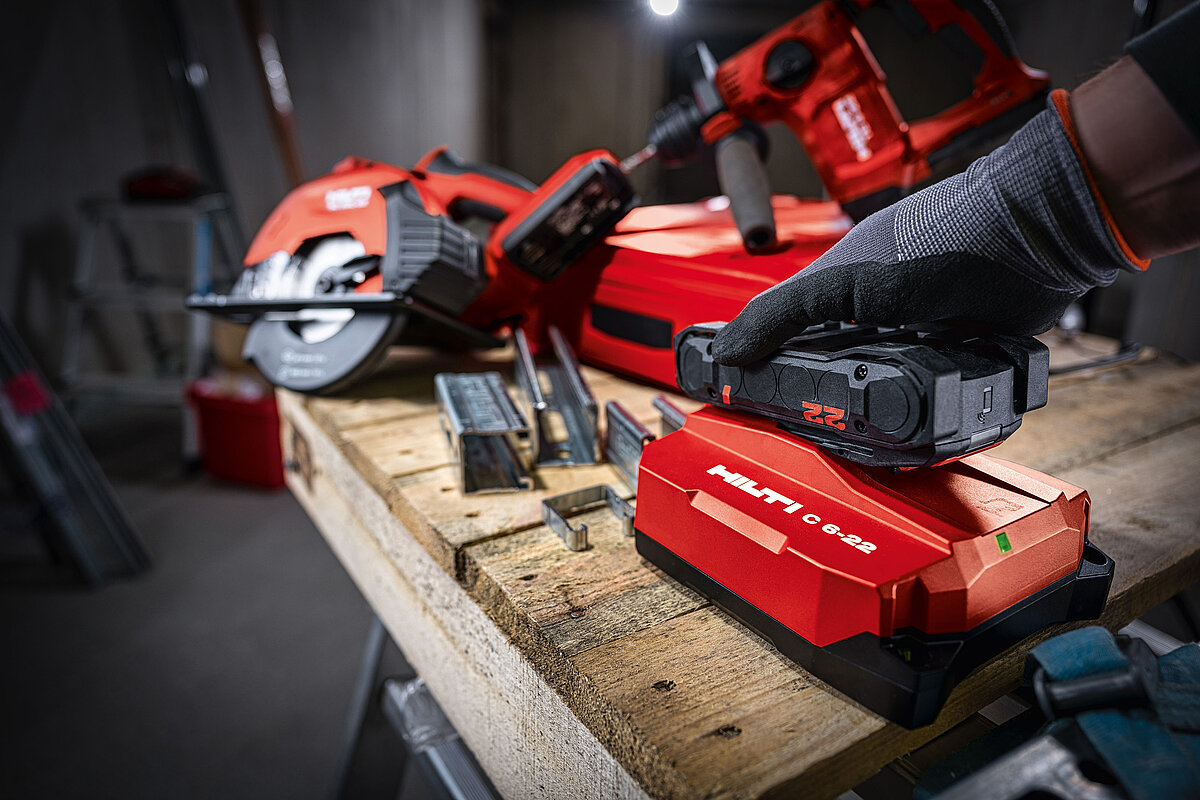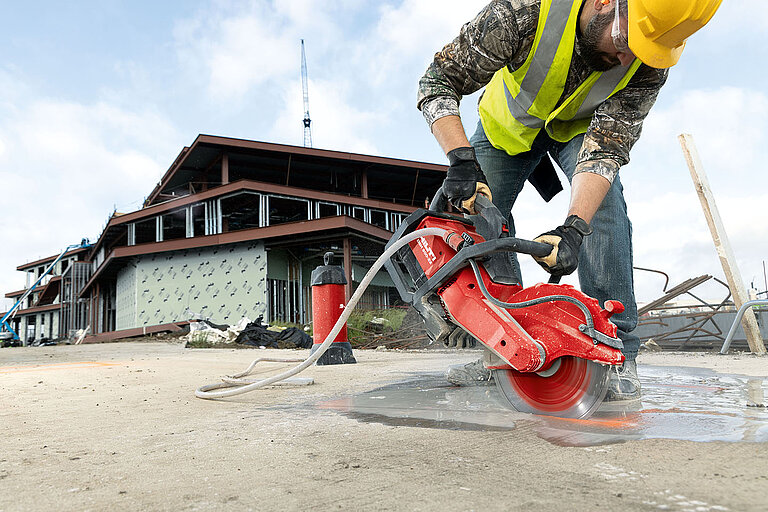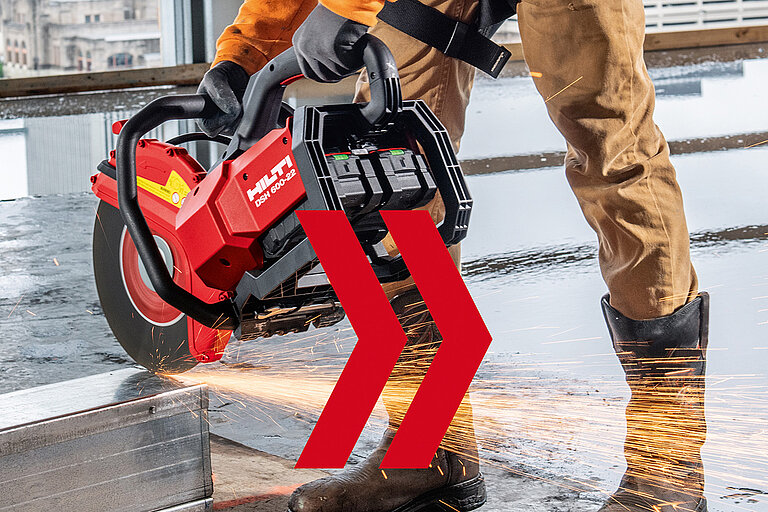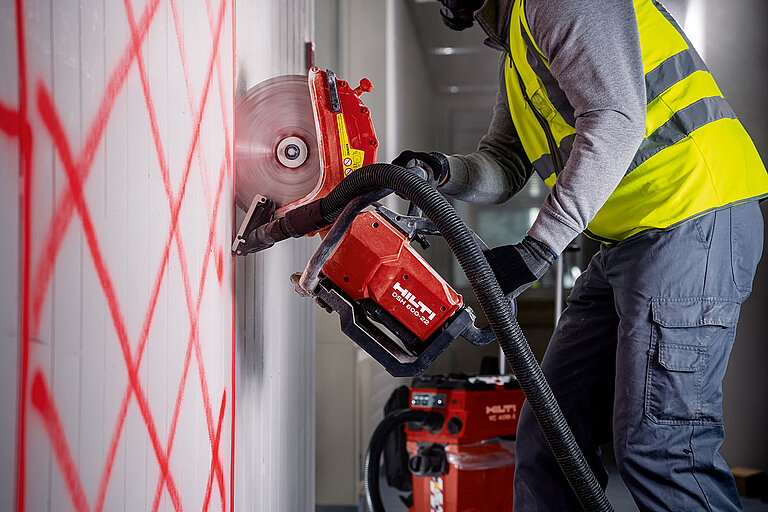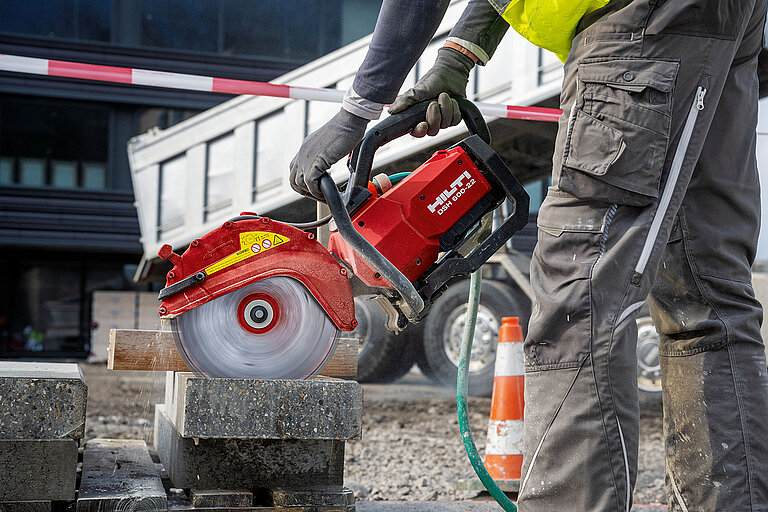Differentiation
From Gas-Powered to Battery-Powered Cut-Off Saw
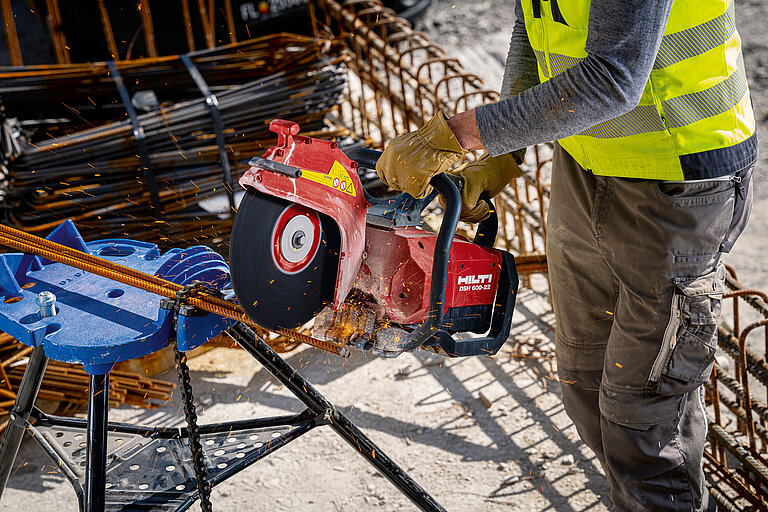
Picture a bustling construction jobsite. The place is abuzz with activity and the sounds of the work in progress fill the air. Your attention is drawn to a worker clad in a high-visibility vest, safety glasses and protective clothing, wielding a gas-powered cutting tool.
Around the worker, a cloud of metal sparks fills the air. The tool he is using generates a high-pitched screeching sound as it comes into contact with the metal, concrete or masonry.
Many innovators in the construction world have tried to create a groundbreaking battery-driven cutting tool in a high power class, but a series of formidable technical challenges always resulted in setbacks.
But in 2022, things finally changed. Workers began using a battery-powered cutting tool to get the same work done as they would with a 60cc gas cut-off saw, but without the fumes, noise, extra maintenance or fuel mix issues.
Want to know how?
Come along and witness the making of a groundbreaking innovation that has shaped the future of battery-driven cut-off saws. With its improved safety features, lower running costs and long trigger time for heavy-duty tasks, it has made a positive impact on the industry and contributed to a more sustainable and eco-friendly future.
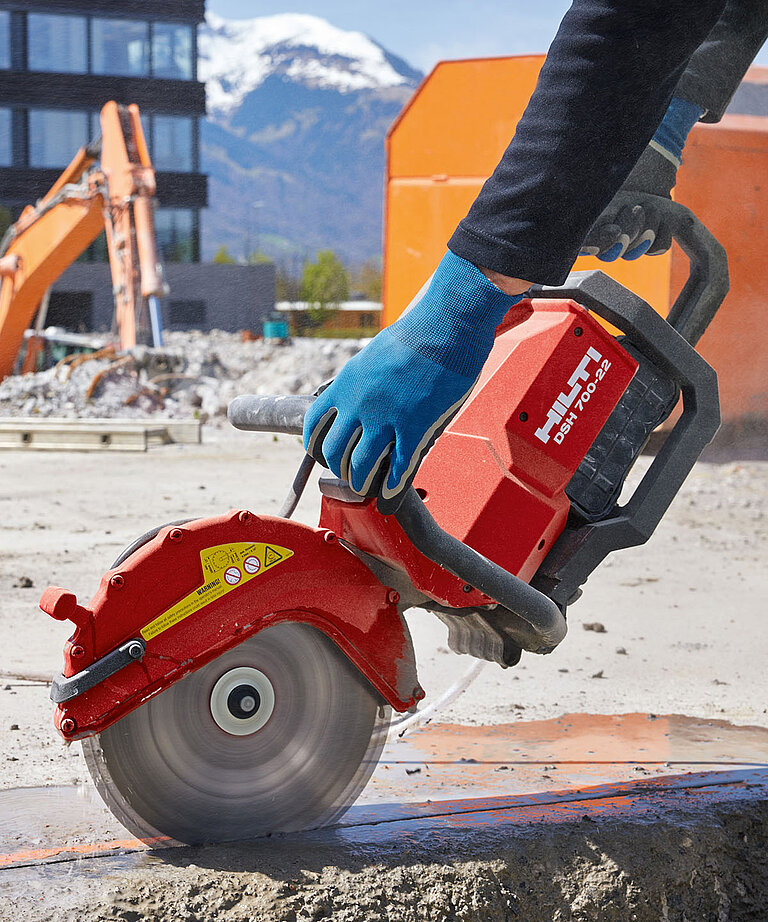
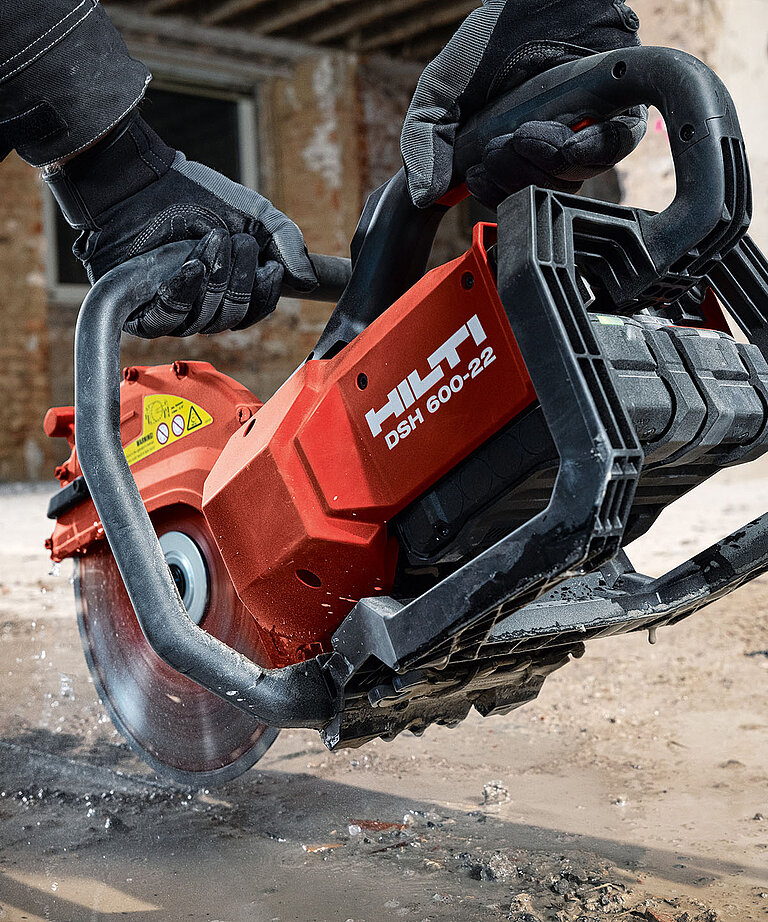
Until the second decade of the 21st century, heavy-duty cutting applications relied largely on cutting tools fueled by a mix of gasoline and oil. Concerns continued to grow about productivity and safety, including fumes, noise and sustainability.
The issues didn’t stop there: Workers were also grappling with the complications of fuel mixing and extra maintenance for a gasoline cut-off saw.
Although there were a few low-powered battery-driven cutting tools available, their cutting capabilities were limited in terms of material and depth. These battery-operated tools could only be used for light-duty applications such as roof tiles, plastic pipes, small metal pieces and similar materials.
The workers really needed a battery-driven cutting tool that could cut through all materials in the same way that gas-powered tools would.
But the dream of having a powerful cutting tool for heavy-duty applications was still far-fetched.
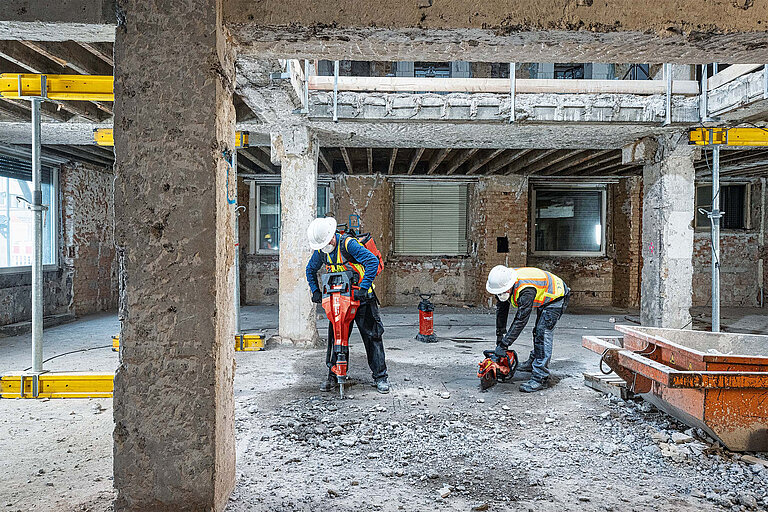
The journey begins
At Hilti, this story began in 2017 at the company’s research and development unit, where a team of engineers came together with a shared vision of developing a battery-powered saw for heavy-duty concrete tasks that gets the same work done as a 60cc gas cut-off saw. Their focus was on minimizing concerns related to fumes, noise, extra maintenance and fuel-mix issues that were an inherent part of the cut-off saw’s gasoline technology.
The watershed moment for this long-awaited innovation came in early 2018 with the genesis of the powerful Nuron platform.
The construction industry would soon witness a groundbreaking technological leap. Nuron would reshape the landscape of battery-operated innovations. This powerful platform formed the foundation of what would become a high-powered battery-operated cutting tool.
“Developing a powerful battery-driven cut-off saw on a 22V battery platform with the same speed and cutting performance as a 60cc gas saw was about pushing the limits of technology,” said Andreas Reinhardt, Senior Product Manager, Diamond Business Unit.
As the team at Hilti embarked on this ambitious journey, they encountered a series of technological trials that tested their skills, determination and spirit.

We were tasked with developing completely new components such as a motor, electronics, tool software and a dedicated cutting blade for a battery-driven cut-off saw system in this power range.
Ralf Greitmann, Technical Project Manager, Diamond Systems
Despite these hurdles, the spirit of the Hilti team remained high as they were driven by a shared vision of a better, safer and more sustainable future. Their determination to overcome every obstacle and elevate the technology was fueled by a passion for innovation and a belief that they would make a profound impact on the construction industry.

Achieving the vision
To achieve the highest level of efficiency, the tool needed high power, so the team explored the idea of using not one, but two 22V batteries in the design.
The concept was simple yet revolutionary. By incorporating a dual battery system, they could effectively boost the power and enable heavy-duty applications.

From developing the electronics and motor to spinning effect trials with a special blade, each aspect was meticulously examined and improved to achieve the highest level of tool efficiency.
Markus Schneider, Technical Project Leader, Diamond Systems
Ultimately, the first family of twin battery tools in the Nuron portfolio was launched in January 2022 as part of the Nuron platform: the DSH 600-22 and DSH 700-22.
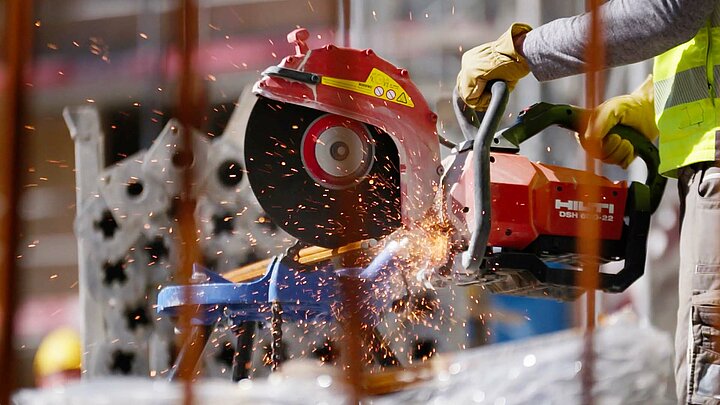
“It not only combined high-performance and a low environmental footprint, but also exceeded expectations compared to its gas-powered counterparts, while producing zero emissions and ensuring added safety for the user,” states Stelios Gasnakis, Head of Marketing, Diamond Business Unit.
Now workers no longer had to contend with brazing fumes or struggle with fuel mixing, but effortlessly maneuvered the battery-operated cut-off saw even for applications such as concrete cutting, curbstone cutting, and cutting rebar in bundles or metal decks.
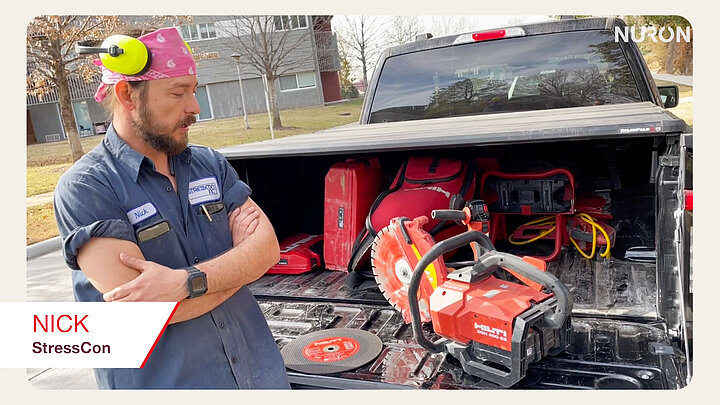
For Hilti, the creation of this high-performance battery-operated cut-off saw was not just about engineering a tool; it meant shaping the future of battery-powered cut-off saws to make construction better and safer.

Read more about Lead 2030 and our objective of value creation through leadership, built on differentiation and direct customer relationships.

